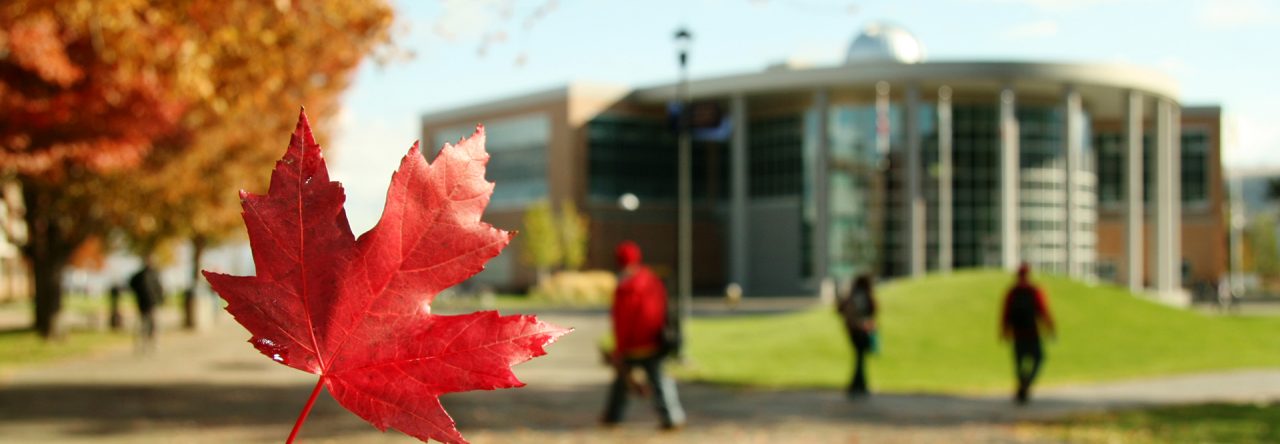By Amy McLay Paterson, Co-Chair, Library
This year, the library has been asked to complete its first program review since 2007 and the first overall to use the process developed by the Office of Quality Assurance for academic program review at TRU. Being faculty-led, the review process has presented opportunities to have a lot of interesting, and sometimes difficult, conversations about the overall focus and direction of our programs in a changing academic and information landscape. However, with the review process geared toward teaching faculty in degree programs, we’ve had to make a number of adaptations to the process along the way.
Like many departments undergoing program review, we found ourselves in the position of developing learning outcomes (PLOs) for the first time. These learning outcomes needed to account not just for our explicit teaching activities, but for all library resources and services: collections, inter-library loan, research data management services, etc. We decided to base our PLOs on the six frames identified in the ACRL Framework for Information Literacy for Higher Education, which is already the basis for much of our teaching and reference services. The PLOs we settled on are the following:
- Learners will be able to analyze the politics of information and information infrastructure to critically evaluate claims of authority.
- Learners will be able to engage with interconnected knowledge communities and systems, recognizing the differing roles and responsibilities in various stages of the information cycle.
- Learners will articulate how TRU Library values (e.g., accessibility, decolonization, sustainability, ethic of care) are enacted through their encounters with Library resources, systems, services, spaces.
- Learners will be able to acknowledge the contextual value of information as it pertains to resource impact, cost, ownership, and intellectual effort.
- Learners will be able to apply iterative and exploratory methods to formulate increasingly nuanced questions, critically analyze complex subjects, and plan towards achieving a novel research or creative outcome.
- Learners will be able to participate in specific knowledge communities by engaging in contextually appropriate practices of acknowledgement, evaluation, sharing, and discourse.
- Learners will be able to navigate deliberately chosen information systems, platforms, repositories, databases, tools, services, and spaces in the pursuit of suitable information.
- Learners will be able to identify information needs and create strategies to fulfil those needs.
As an example, learners will be able to engage with interconnected knowledge communities and systems… has always been one of the explicit goals of the library instruction program, but when we viewed this goal from the lens of curriculum mapping, we were able to realize that this is also a key goal of our acquisitions policy, our scholarly communications services, and the Makerspace, to give just a few examples.
However, completing the curriculum map left a lot of us feeling like there was something missing. It showed us a piece of our work, but not all of it. My own (and many others’) research into librarian labour has previously discussed the problem that established metrics of library value often traffic in superficial numbers, while much of the essential labour remains invisible. For many, both in libraries and in education generally, the amount of invisible labour increased during the COVID-19 lockdowns, when much of education moved from happening directly in the classroom to creating and maintaining asynchronous learning objects while continuing to support students synchronously. Though classroom teaching has largely returned to in-person, many of the videos and tutorials, as well as support for virtual research consultations has remained, without new staff or funds to help maintain these new services.
When I am called upon to explain the difference between librarians and other faculty members, I generally sum it up as such: librarians support and educate students, but we also support a massive amount of educational infrastructure that is essential to the programs and services we provide. This infrastructure is maintained by our faculty because the choices we make in configuration and support are tied to the learning outcomes we want our students to achieve; they are also tied to our philosophy of service, informed by values, such as promoting access and operating with an ethic of care for our community. Technology alone cannot support learning outcomes, because technology is a tool whose ends are determined by those in control. In response to this gap, I developed an Infrastructure mapping tool, to show that aspect of our work and to demonstrate the ubiquity of the technological infrastructure we provide.
Of course, the tragedy of the library PLOs is that we don’t have a direct way to measure their impact on students. All and none of the TRU community are students of the library, and we rely on our partnerships with other faculties and the relationships we build to see the bulk of our impact.

